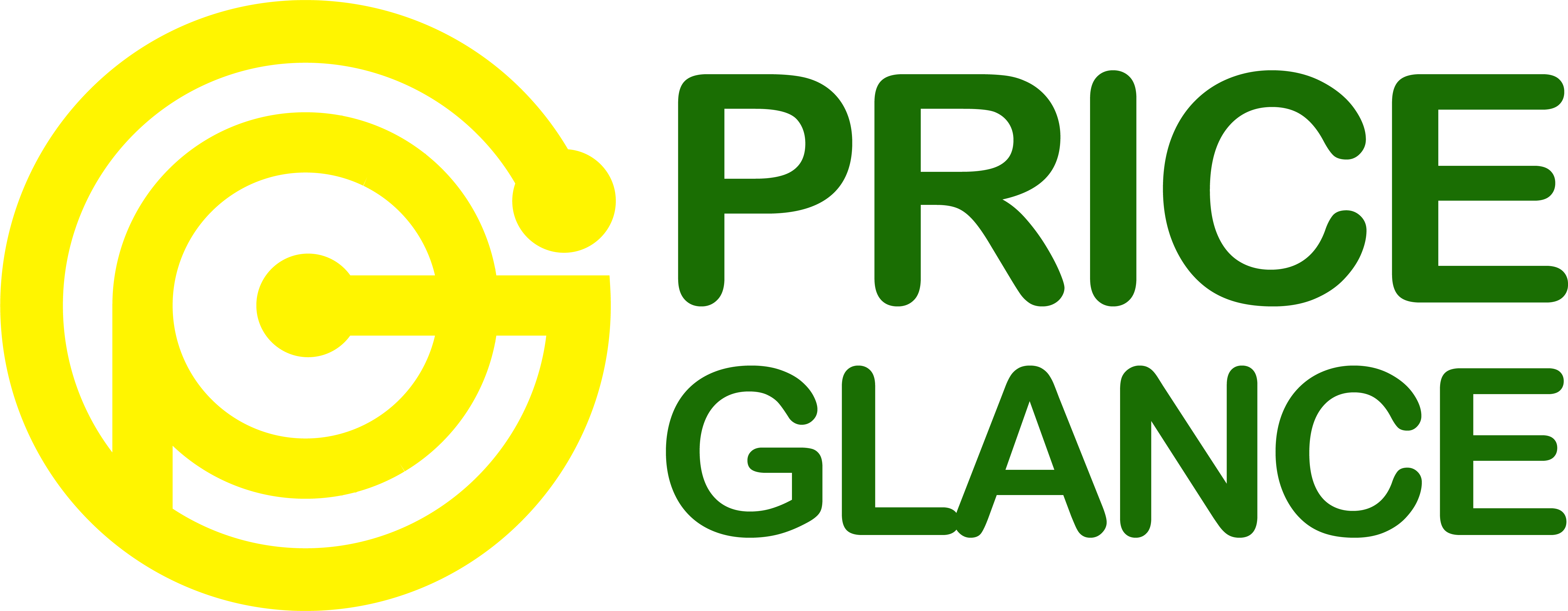
In today’s highly competitive market, pricing strategies play a crucial role in a retailer’s success. Staying ahead of competitors and understanding market dynamics is essential for setting profitable prices. This is where competitor price scraping comes into play, as it allows retailers to unlock valuable market knowledge for informed pricing strategies.
Price scraping refers to the automated process of extracting pricing data from competitor websites. Retailers use specialized tools or software to gather information such as product prices, discounts, and promotional offers from their competitors. By scraping this data, retailers can gain valuable insights into the pricing strategies of their competitors, enabling them to make informed decisions and stay competitive in the market.
When it comes to how price scraping works, the process typically involves using web scraping techniques to navigate through competitor websites and extract the desired pricing information. This can be achieved by writing custom code or utilizing dedicated scraping tools that automate the process. It’s important to note that while price scraping is a common practice, retailers must be aware of the legal considerations involved. Some websites explicitly prohibit scraping or require explicit permission to access their data.
The benefits of price scraping for retailers are significant. Firstly, it provides us with a comprehensive understanding of our competitors’ pricing strategies, allowing us to benchmark our own prices and make adjustments accordingly. By analyzing the scraped data, retailers can identify pricing trends, assess the impact of competitor promotions, and uncover potential pricing opportunities. This knowledge empowers retailers to optimize the pricing decisions, set competitive prices, and maximize profitability. Furthermore, price scraping enables retailers to stay agile in a dynamic market by quickly adapting their pricing strategies based on real-time competitor data. This flexibility helps them respond effectively to changes in market conditions and consumer behavior, ultimately enhancing their competitive advantage.
To fully leverage the potential of competitor price scraping, retailers can utilize various tools and software available in the market. These tools automate the scraping process, ensuring data accuracy and reliability. Retailers can integrate these tools seamlessly into their existing systems and workflows, making the entire process efficient and streamlined.
In conclusion, competitor price scraping is a game-changer for retailers aiming to unlock market knowledge and drive profitable pricing strategies. By utilizing this tool, retailers gain valuable insights into competitors’ prices, market trends, and customer behavior. Armed with this information, retailers can make data-driven pricing decisions, adapt to market fluctuations, and gain a competitive edge.
Embracing competitor price scraping is a strategic move that allows retailers to thrive in today’s cutthroat market and achieve sustainable growth. By staying ahead of competitors and understanding the market landscape, retailers can set prices that resonate with customers, maximize profitability, and solidify their position as industry leaders. In an era where pricing strategies make all the difference, competitor price scraping is a key element in unlocking success and staying ahead of the competition.

